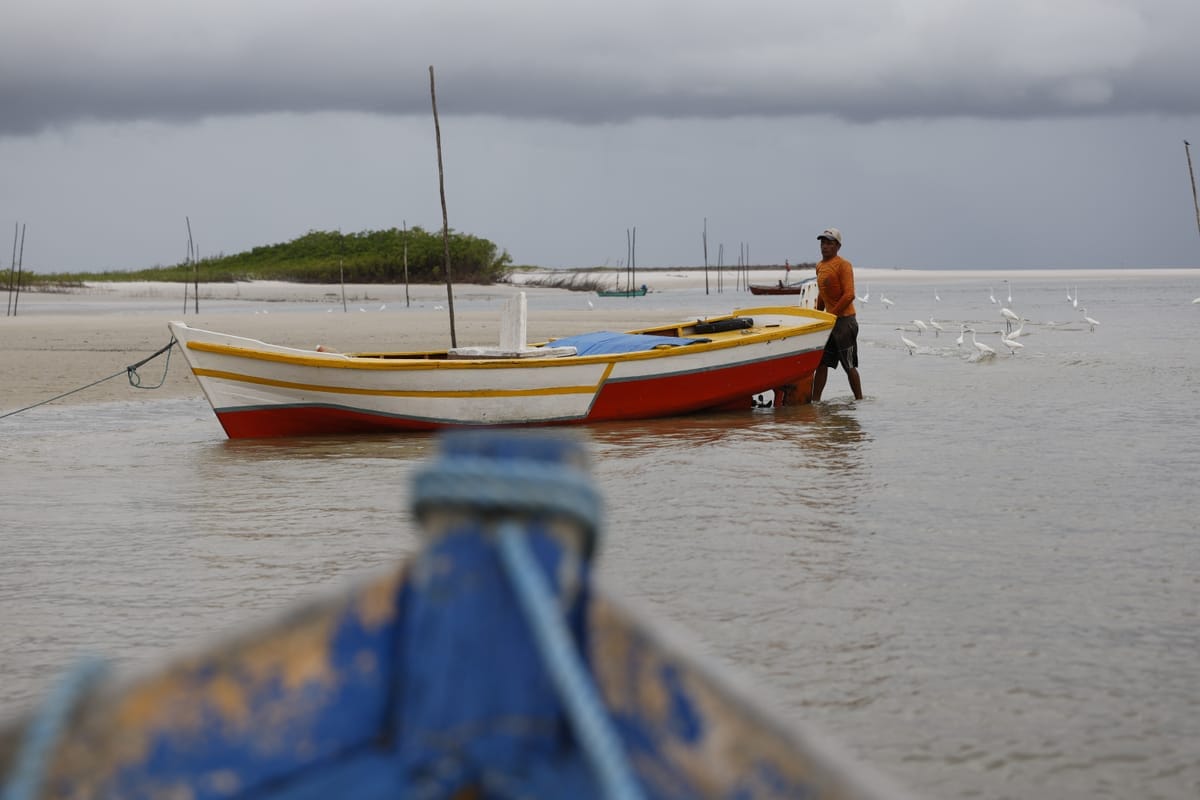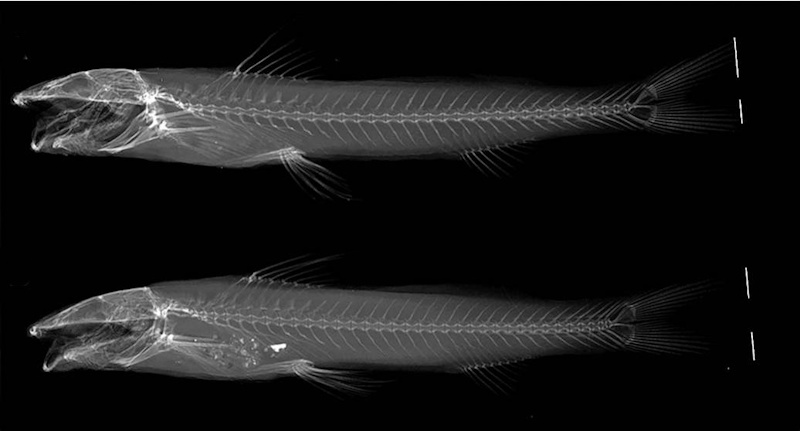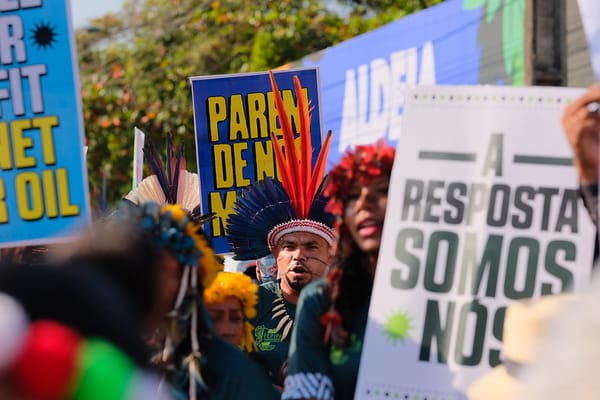Event brings together authorities, researchers, and civil society to develop the Regional Catfish Conservation Plan
The main delivery of the event should be a minute that establishes concrete criteria for species conservation and sustainable fishing.

Main fact
A three-day event begins this Wednesday (September 17, 2025) in Brasília, with the main deliverable being the drafting of the "Regional Catfish Conservation Plan." Concrete commitments and a coordinated strategy among different countries will be established to ensure the conservation and sustainable fishing of the migratory Amazon catfish – essential to the biome, but threatened with extinction.
Fun facts about catfish

Migratory Amazon catfish are the most impressive and longest freshwater fish migration on the planet. They travel thousands of kilometers from their spawning grounds in the foothills of the Andes Mountains to the Amazon River estuary, where they feed and grow before beginning their return journey. This cyclical movement plays a fundamental role in the Amazon ecosystem, transporting nutrients and energy throughout the basin.
Long Migration
Species such as the dourado (Brachyplatystoma rousseauxii) and the piramutaba (Brachyplatystoma vaillantii) –both endangered (*learn more below)– travel more than 8,000 km in their lifetime. This is equivalent to a round trip from São Paulo to New York.
Swimming Against the Current
Their journey back to the Andes is particularly remarkable, as they swim against the current, overcoming both natural and artificial obstacles, until they reach the headwaters of the rivers where they were born.
Science and Tracking
Science is working to understand how these fish navigate with such precision. Researchers use technologies such as telemetry, attaching transmitters to the fish to track their migratory routes. This type of research has helped to understand the complexity of the journey and its challenges.
Size and Weight
Migratory catfish from the Amazon are also notable for their size.
- The dourado can reach over 2 meters in length and weigh up to 150 kg. An adult dourado can be taller than an average human.
- The piramutaba is slightly smaller, but it is also a large fish. It can reach 1.5 meters in length and weigh around 50 kg.
Both species have elongated, robust bodies, ideal for swimming long distances against the current. One of the most striking characteristics of catfish is their flattened head and their barbels (the "whiskers" that give the family its name), which function as sensory organs for smelling and finding food in murky waters.
Despite their remarkable size, they are not the largest freshwater fish in the region. That title belongs to the pirarucu (Arapaima gigas), which can exceed 3 meters in length and weigh over 200 kg.
Called "Workshop for the Preparation of the Regional Conservation Plan for Amazonian Migratory Catfish," the event, which will develop a plan to promote catfish conservation, is organized in partnership with:
- Ministry of Environment and Climate Change;
- Ministry of Fisheries and Aquaculture;
- ACTO (Amazon Cooperation Treaty Organization); and
- Amazon Waters Alliance.
Participating in the meeting are researchers, civil society representatives, government institutions from the region, and international guests involved in fisheries management and environmental conservation.
To develop the draft, event participants will be divided into different working groups that will discuss:
- Conservation of priority areas
- Governance and fisheries management
- Value chains associated with catfish fishing
- Monitoring and research
- Inspection and control
Questions and answers about Amazonian migratory catfish
Are catfish on a protected list?
Yes. In the Amazon, the main migratory catfish of concern are the dourado (Brachyplatystoma rousseauxii) and the piramutaba (Brachyplatystoma vaillantii). Here are the details:
- The dourado is classified as Vulnerable by the International Union for Conservation of Nature (IUCN) Red List.
- The piramutaba is not yet formally listed as endangered by the IUCN, but experts point out that the species is already showing signs of population decline and may soon be included.
In Brazil, the official assessment is conducted by ICMBio (Chico Mendes Institute for Biodiversity Conservation), responsible for the Red List of Brazilian Fauna Threatened with Extinction, in line with IUCN criteria.
These fish are essential to the commercial fishing economy, exports, and also to the food security and livelihoods of riverside communities, which directly depend on them. The conservation of dourado and piramutaba protects Amazonian biodiversity and, at the same time, ensures the survival of thousands of families who depend on this fishery.
What are the main factors currently putting this resource under pressure?
Currently, the main pressure factors are:
- Overfishing: High national and international demand puts pressure on stocks.
- Dams and hydroelectric plants: These interrupt the long migratory routes necessary for reproduction.
- Deforestation and degradation of aquatic habitats: These compromise floodplain areas and water quality.
What else are we reading?









